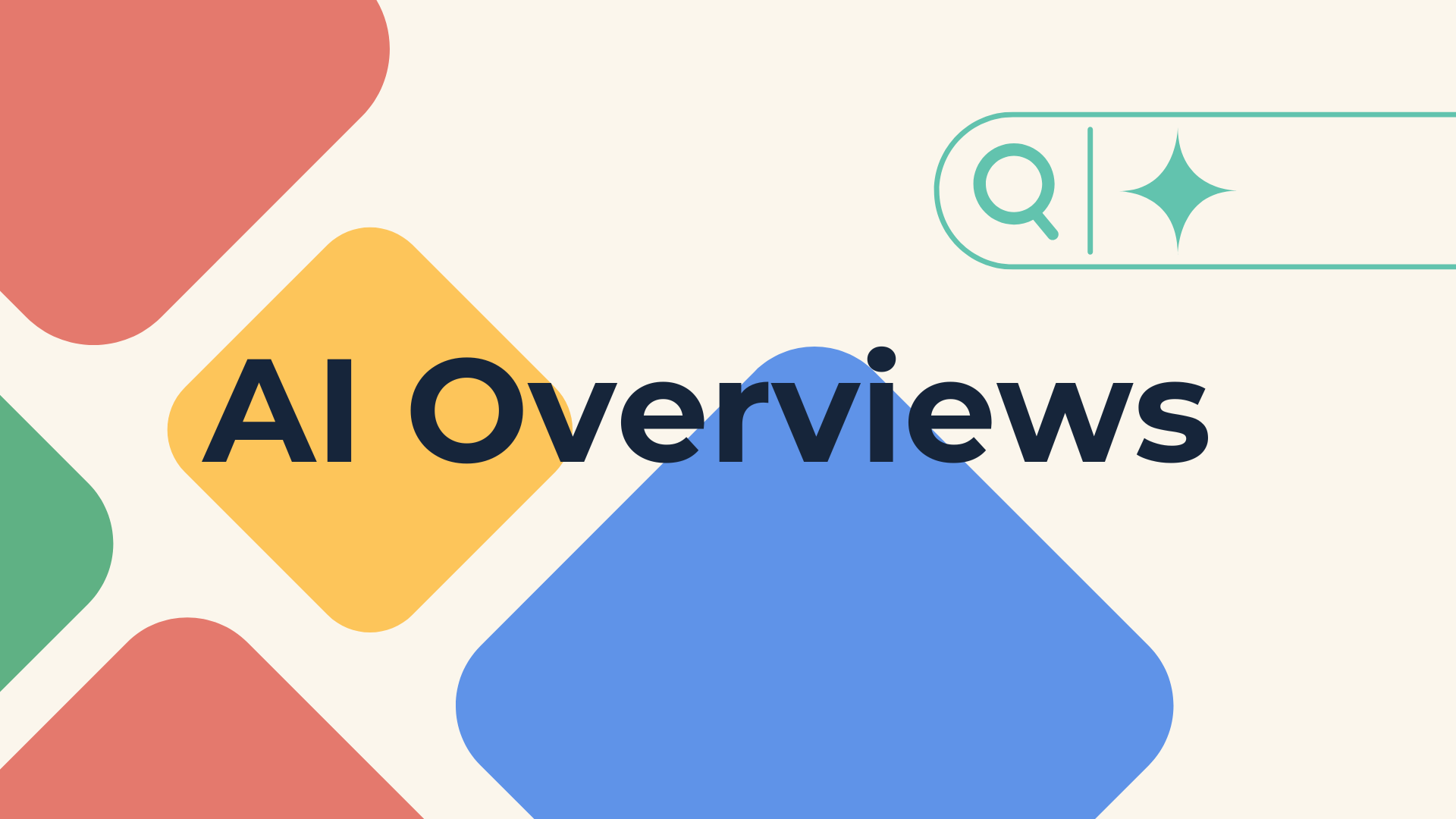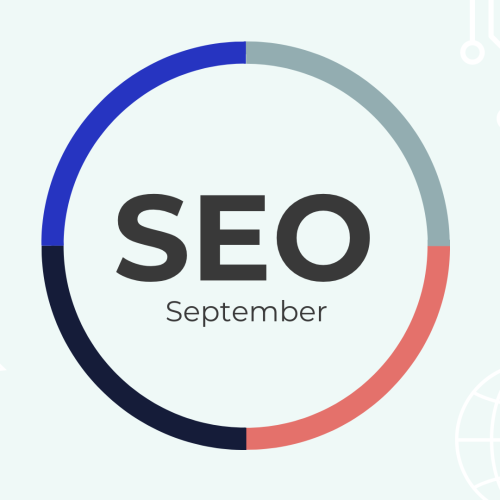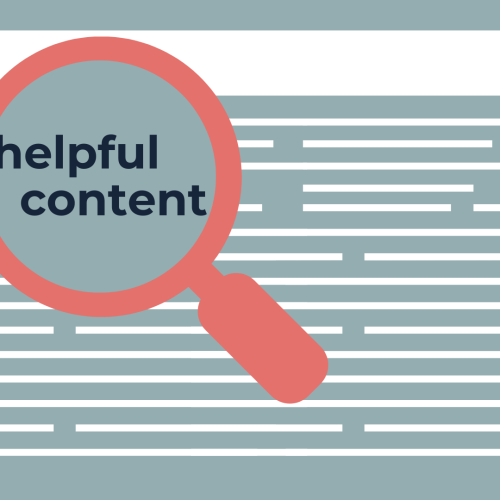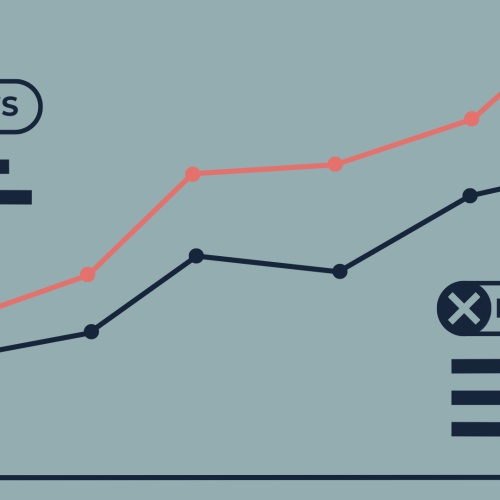With the launch of AI Overviews in many parts of the world, Google has taken a step deeper into the full AI-powered search experience. This feature, which is expected to launch soon in even more countries, reorganizes search results by presenting an AI-generated answer at the top of the page and the option for related follow-up questions – a development that will significantly impact SEO strategies.
Here we dive into the AI Overview feature and give you the best optimization strategies to ensure your business stays visible and competitive.
What are AI Overviews and how do they work?
AI Overviews work like an advanced version of the familiar “featured snippets,” but with much deeper content and contextual answers. Google uses generative AI models to give the user a complete overview of the topic, often without them having to click further. This AI answer appears in a box at the top of the search results, shifting the user’s focus away from the traditional “blue links.”
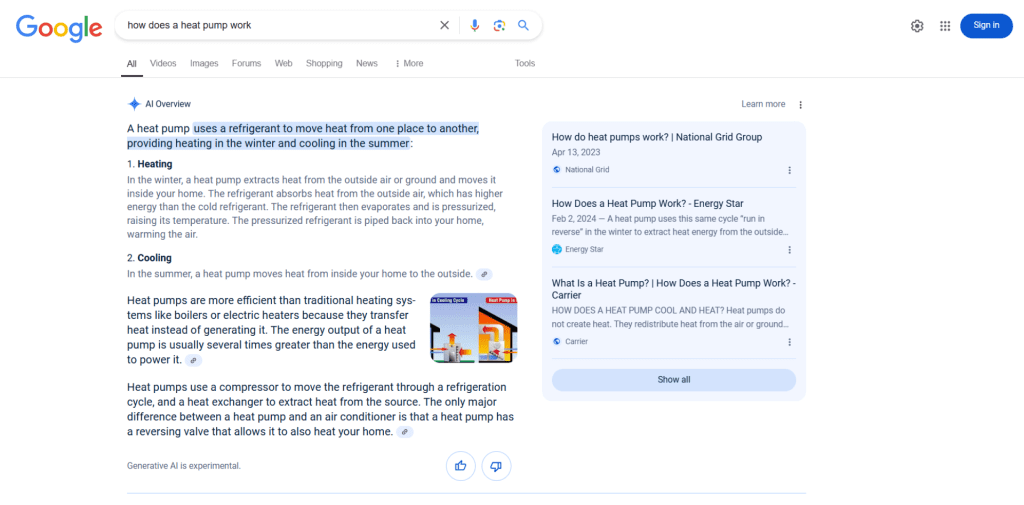
What does AI Overviews mean for traffic?
One of the biggest potential problems with AI is that the click-through rate (CTR) for traditional links seems to drop when an AI response appears. For keywords with AI Overviews on the first page, a drop in CTR of up to 2% has been estimated compared to keywords without AI Overviews. This is because the user is increasingly getting their information needs met in the AI answer and therefore has less need to visit the individual websites.
Which industries and types of content will be most affected?
Several types of businesses and industries may experience a direct impact as a result of AI Overviews. In particular, e-commerce and affiliate markets are likely to see changes as AI Overviews take over product categories and buying guides, and direct recommendations from AI responses could challenge the visibility of such content types. This could also mean more competition for clicks for affiliates as Google integrates information and displays it with its own affiliate advertisers.
How does AI Overviews affect informational vs. commercial searches?
Information searches
For information searches such as ‘How does a heat pump work?’ AI Overviews provides direct answers to users’ questions by summarizing information from credible sources. This can reduce click-through rates on classic blue links, as the user often gets the answer they need directly in the search result. Websites that currently rely on information searches (e.g. Wikipedia) may experience a drop in traffic as Google already answers the question with an AI-generated summary.
To be selected in information searches, content must be both in-depth and structured. Blogs and guides should be built with topic clusters and structured data to increase the chance of becoming part of AI Overviews.
Commercial searches
For commercial searches such as “Best heat pumps for sale”, AI Overviews can also play a key role, but here Google often becomes selective with the sources mentioned in the overview. Google may choose e-commerce sites or affiliate sources that contain product reviews and price guides, but only if the content is deemed reliable and useful. AI Overviews can also draw on product feeds and structured data to present direct buying guides or product recommendations.
Therefore, e-commerce and affiliates should prioritize content that goes beyond product descriptions and offers in-depth buying guides and reviews.
How you can optimize your website for AI Overviews
Google will only highlight high-quality content, so make sure your website is technically optimized and filled with well-researched content. Having your website selected as a source in AI Overviews can be a way to maintain visibility despite lower CTR on traditional search results.
Follow these four tips to optimize your website to appear in AI Overviews
1. Create Topic Cluster structure
Google AI Overviews draws on broader content-related clusters. One effective strategy is to organize your pages into a topic cluster, where main topics are supported by related articles and guides. This helps Google identify you as an authoritative source, especially if users frequently search broader topics in your domain, such as product guides or FAQ pages.
2. Consider reallocating resources towards deeper content
Focus on developing in-depth and authoritative content that follows Google’s helpful content guidelines and EEAT principles in your main topics, as Google prioritizes quality and expertise. Articles that comprehensively answer questions or address users’ specific needs have a better chance of becoming sources in AI Overviews.
3. Implement structured data (Schema Markup)
Schema markup helps search engines better understand your site and is an important tool to boost your chances of being included in AI Overviews. Use it to mark relevant information such as product categories, FAQs and reviews.
4. Use Ahrefs and Accuranker for keyword monitoring
To see if your content is being selected in AI Overviews, tools like Ahrefs and Accuranker can be useful to track keywords and identify if they are included in AI Overviews. By monitoring competitor visibility on keywords, you can adapt your strategy and find specific topics that AI Overviews prioritize.
Is your business ready for AI Overviews?
Google has made it clear that the future of search will be more AI-driven, and AI Overviews are just the beginning. We’re looking towards a future where search engine optimization requires a strategic approach to content production and where content depth, relevance and context become crucial. At IIH Nordic, we can help you adapt your SEO strategy to stay visible in Google’s upcoming AI-powered search results – from content optimization to advanced data analytics.
Looking to strengthen your SEO strategy and optimize your visibility for the next generation of Google searches? Contact us today for a chat about your options.
Sources: Google Blog: “Generative AI in Search: Let Google do the searching for you”, SEO Camp 2024 presentation by Tobias Hyldeborg

